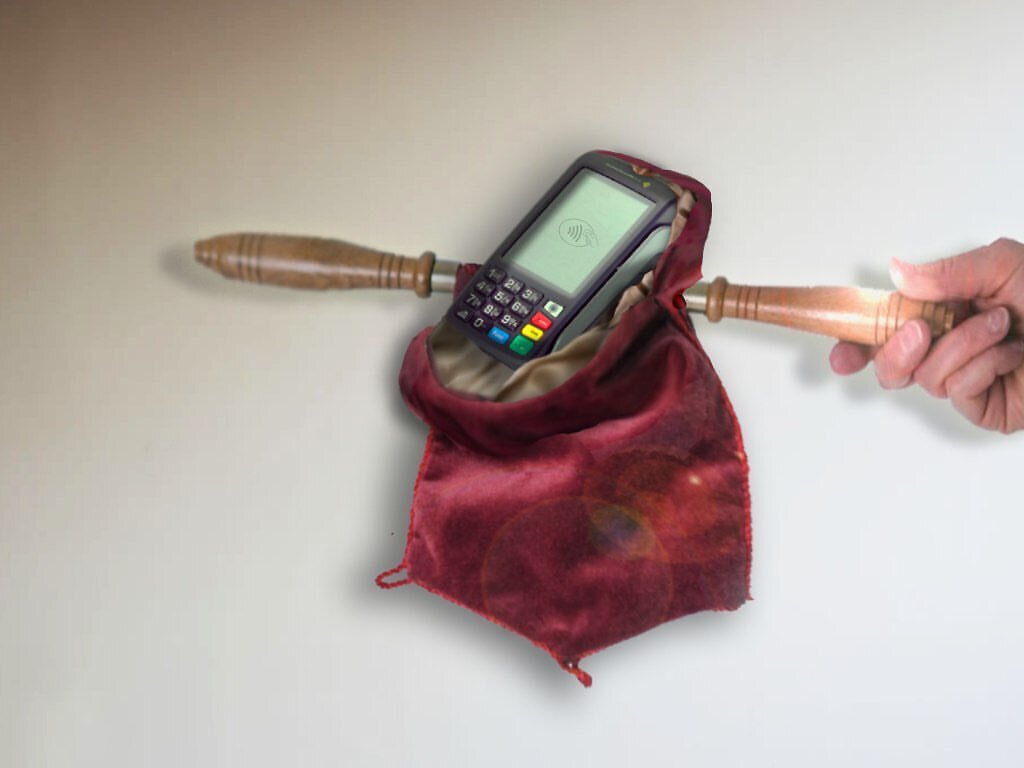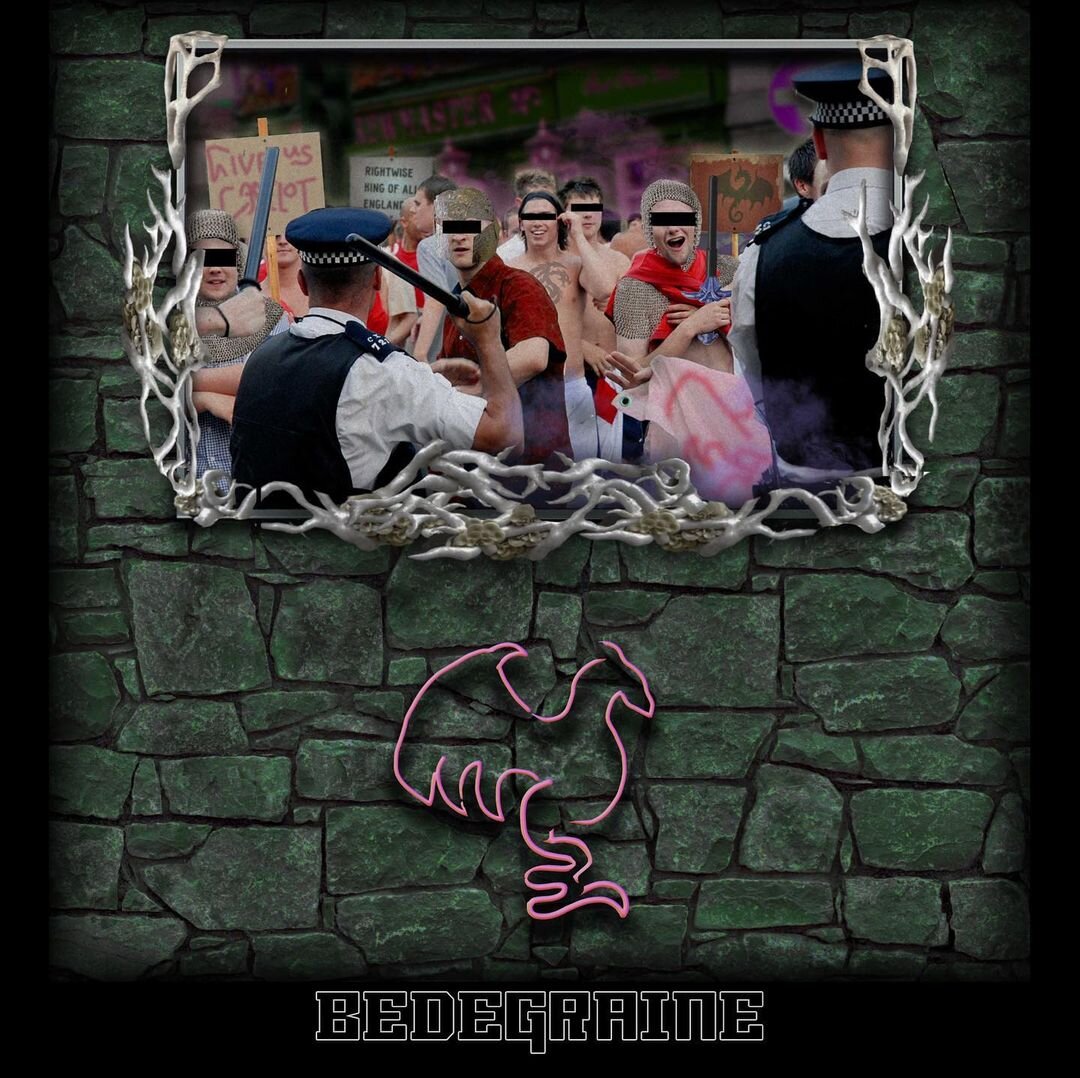Felix Ashford
If you asked Felix Ashford to describe his work, you’d fall into a profound discussion of spiritualism, the divine self, technology and the contemporary impact of ancient metaphysics. With a body of work built of traditional paintings, gothic furniture and tarot cards, Felix’s practise rejects the artistic ideology of the white cube, using intricate research and poetic diagrams to study and challenge the position of ancient teaching in the era of new technology. Relying on said technology to carry out a participatory performance piece during Sydney’s extended lockdown, Felix tells us more about his studious approach to his art.
Tell us about how you began as an artist. Do you have a background in art education or is your practise self led?
I have always been motivated to create. Right now I am actually studying Visual Art as part of a double degree, along with Studies of Religion. I suppose this combination makes a lot of sense within the context of my work.
There's a lot of historical symbolism in your work that's executed in quite a futuristic way. Is this crossover intentional?
I am originally from the UK, but largely grew up in Sydney, Australia where I’m currently based. Living in such a ‘new’ nation, I’ve often struggled for a sense of belonging to something ancient. I suppose my art tries to articulate this tension by focusing on the role of tradition in contemporary spiritual practices. In particular, I’ve always been fascinated by the way in which rituals must adapt to new technologies - usually within the context of my own Catholic background. Whilst juxtaposing these elements is often satirical, I see my work as a sincere attempt towards some sort of re-enchantment.
You seem to focus more on the actual process of creating than the finished work. How does your creative process usually start?
Whilst the rest of the world has returned to normal, Sydney has been stuck in a belated lockdown for months now, in which my practice has had to adapt. My work is usually based on heavy research, so I’ve come to rely upon the diagram as a poetic way to ‘show my working’. Though trained as a painter, I have lately grown quite power-hungry with photoshop's ability to quickly visualise my concepts. Fortunately though, I will be taking these ideas offline for an upcoming diagram exhibition after lockdown.
Which artists do you look to for inspiration?
For inspiration I cycle between Alchemical emblems, Gothic architecture, military hardware, Northern Renaissance paintings, Arthuriana, and Neo-Folk music. In particular, I am influenced by art which verges upon craft, epitomised by the Bauhaus teapot or the Vorticist rug. But to name names, I would have to cite the visionary Paul Laffoley and the painter/poet David Jones. For the first time in a long while, I have recently also begun to feel inspired by our immediate present. There is something exciting about the post-plague medievalism currently seeping into popular culture.
You've worked across a variety of mediums and disciplines - which was your favourite project so far and why?
The most satisfying project so far has been the HYPERTAROT deck which I recently completed. This project enabled me to trojan horse my research interests through a populist medium. Each card swapped out the figurative illustration for a complex diagram, relating the content to various threads of Theology, Metaphysics and Hermeticism. My aim was to erupt the ‘New Age’ tendencies of tarot with a more logical spiritualism. I then put these cards to the test during 10 tarot readings, hosted over Zoom at the height of lockdown. Finally, I documented these readings in a short film. This task really captures what I want to achieve through my work. I’d like my art to be useful, particularly in a way which can connect to personal spiritual experiences.
You recently shared a mock up installation situated inside a war artillery shelter. Is this something you want to transform into a physical work?
The Armoury is my current project, it’s about the (linguistic) relationship between ornament and armament. Essentially I’ll be transforming mundane appliances into ornate, talismanic objects whilst retaining their functionality. Displaying these within the artillery shelter as ‘everyday weapons’ will be my personal response to flat-pack hegemony.
What's the end goal for yourself as an artist?
As you mentioned above, my work is quite multidisciplinary and I think this stems from my personal goals as an artist. If we go by it’s etymological definition, art means nothing more than “skill” or “craft.” Following this expanded conception of art, I would like my works to play an equally expanded role in everyday lives, to be activated by their usefulness. In undertaking this as a solo artist, I may accidentally be attempting to become a one-man craft guild - but right now that's okay.
interview KATIE ANNA’MARIA
What to read next
















